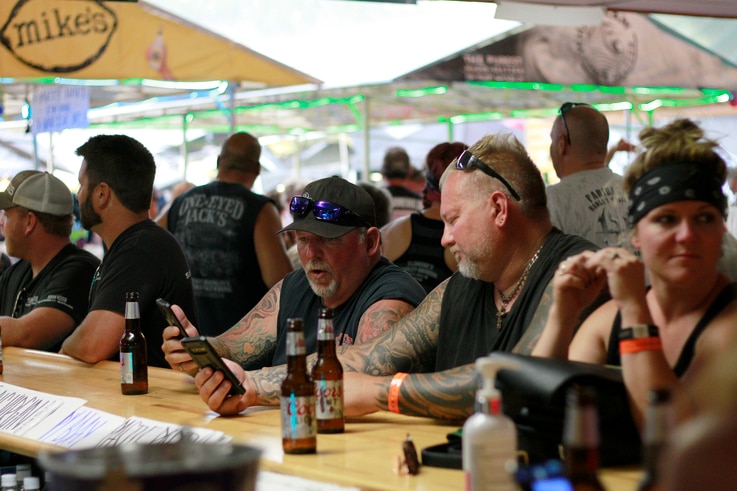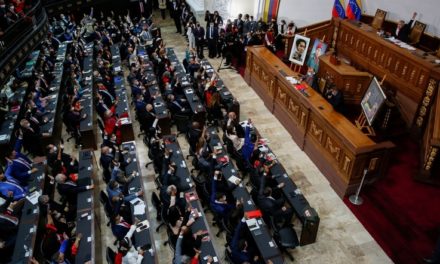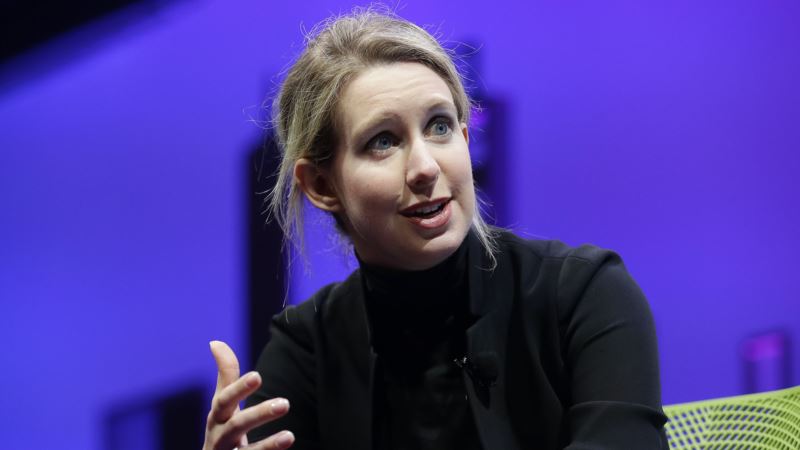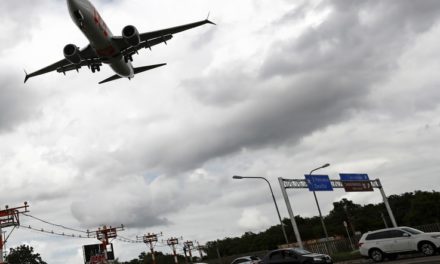One of America’s least populous states, North Dakota recently surged to the top of the list of new COVID-19 cases per capita, registering more than 6,000 active cases and nearly 40,000 overall among its residents who number fewer than 700,000.
“It’s obvious the state has a problem we haven’t been able to solve yet,” Travis Enders told VOA.
Enders owns a wine bar in western North Dakota called Medora Uncork’d nestled in the small tourist town of Medora, which according to the last census, has a local population of just 112 people.
The COVID-19 surge has refocused debate on mask-wearing in a region known for resisting government mandates.
“North Dakotans are a different breed,” said hotel and saloon owner Jim Bridger. “We live in lots of open space — on 40,000-acre ranches — and we’re kind of socially distanced our whole lives. The same rules that are required in New York City might not be required in more remote areas.”
North Dakotans, Bridger said, don’t love being told what to do. While he requires his staff wear masks at the hotel, he doesn't have the same rule at the saloon. There, he prefers to keep tables distanced and to deep clean the establishment each night rather than imposing a mandate.
“People like their freedom here,” he said. “If you’re a kid, and a parent tells you to be careful with that match, you might not listen. But if you burn yourself, you’ll learn your lesson. I think the governor’s correct to let business owners decide for themselves.”
By contrast, bicycle shop owner Jennifer Morlock believes the longer the state takes to require masks, the longer the current spike of COVID-19 cases will continue. Her shop is one of the few businesses in town that require masks be worn.
“People like to talk about freedom and liberty, but I think a lot of people in North Dakota are taking their cue on masks from the president,” she said. “To me, freedom means the freedom to keep my business open. If I get sick, I don’t have that freedom. I’ll have to shut down.”
Feeling normal
Medora has so far avoided the worst of an outbreak that is pushing North Dakota’s hospitals to their capacity. The town’s ability to sidestep the pandemic has saved its tourist-dependent economy, while also inviting potentially catastrophic health risks.
“We’re on the national park circuit,” Enders said. He noted that outdoor enthusiasts who visit world-famous Yellowstone National Park in Wyoming will often add a trip to North Dakota’s Theodore Roosevelt National Park, the main section of which can be accessed from Medora.
And while the pandemic has caused many vacationers to shun crowded beaches and other common tourist destinations, both Medora and the national park have seen an increase in traffic this year.
“People are coming here because things are open and because they feel safe here,” Enders explained. “You have this huge wilderness where you don’t see too many people, and then you have a town where case numbers are low, and things feel kind of normal. The only time you really see a mask is when you walk into Walmart. That’s about it.”
Reasons for a spike
Despite repeated pleas from health officials in Washington, wearing a mask is far less common in America’s rural areas than its cities. Now, states like North Dakota, which never adopted a mask-wearing mandate, may be suffering the consequences.
COVID-19 trackers note that neighboring South Dakota hosted a 460,000-person motorcycle rally in August that is now widely regarded to have been a super-spreader event in the region.

Even so, many locals believe the rise in reported cases is partly due to North Dakota conducting some of the most rigorous COVID-19 testing in the country.
“Even in our little town, we have free weekly testing,” Bridger said. “When you increase testing, you’re more likely to find cases you wouldn’t have otherwise, and that’s happening all over the state.”
While Republican Gov. Doug Burgum has left enforcing safety measures to individual business owners during the recent spike, he did order the state to restrict businesses when the pandemic first reached the United States.
“Bars and restaurants across the state were only able to open for takeout back in April, and travel basically came to a halt,” Bridger said. “When Medora only has 100 locals, it’s impossible for businesses in this town to survive without tourists.”
Shutting down
North Dakota can get bitterly cold during the winter. Towns like Medora hunker down, as the national park’s 600,000 annual visitors disappear, at times leaving more buffalo in the park — and more deer in town — than humans. It makes business during the warmer months even more important.
“You’ve got to make a year’s worth of income between April and September,” Bridger explained. “So, it hurt when we had to stay closed through the first weeks of spring.”
Enders and his partner decided to delay the seasonal opening of his wine shop. But even when statewide restrictions were lifted in May, they opted to limit their hours to the weekend when most travelers were in town.
“I think it was the right decision given the circumstances,” he said. “A lot of local businesses had it worse than us. Places around here rely on seasonal international workers, but those temporary visas weren’t allowed this year, and a lot of businesses didn’t have the staff to operate.”
In addition to tourism, the oil industry has also struggled during the pandemic. North Dakota is the second largest oil producer in the United States. As global travel ground to a halt, the demand for oil also collapsed.
Before the coronavirus reached the United States, a vast operation involving as many as 55,000 workers produced 1.5 million barrels of oil each day from the Bakken — an energy-rich rock formation that extends through the western part of the state. Today, 80% of North Dakota’s drilling rigs remain offline, and thousands of industry employees are idle.
“Oil drilling and exploration requires a lot of jobs,” explained Ron Ness, president of the North Dakota Petroleum Council. “It’s people drilling wells and completing wells. People who bring out the equipment. Truckers who transport the water. Gravel haulers, dirt movers, high-tech engineers, geologists and more. When demand and prices drop as low as they did, it doesn’t make sense to drill, and those workers go looking for jobs elsewhere. But there aren’t jobs elsewhere, either.”
Uncertain crisis
As restrictions on bars and restaurants were lifted, many Medora businesses reported a busier year than normal.
“We saw more people than usual visiting the area,” said Morlock about her bike shop. “There have been tons of people escaping the dense cities of the East Coast or road-tripping in an RV. I think with the national park, they feel like parts of North Dakota can be a safe place to travel to that they’ve never been before.”
Residents like Enders, however, believe the uptick in tourism also brought health risks.
“It’s great for business, but it’s also a little bit of a worry,” he said. “You have people coming from other parts of the state or other parts of the country who are visiting because they want to go somewhere that’s safer than where they live. But that means they’re potentially bringing the virus with them.”
Enders said he was not originally in favor of a statewide mask mandate, but now believes it could help avoid confusion and help lower infection rates.
"I usually vote Democrat, but I also admire that the state government here doesn't meddle so much in our lives. At some point, though, we have laws for a reason,” he said. “You have to wear safety belts. You can't smoke in bars. And until we can get this pandemic under control, maybe we should have to wear masks when we're around other people, too."





